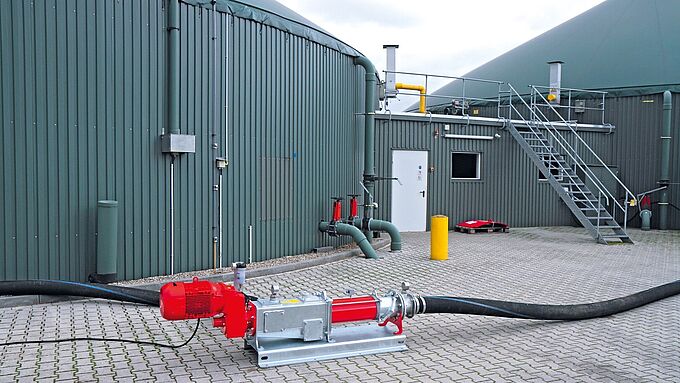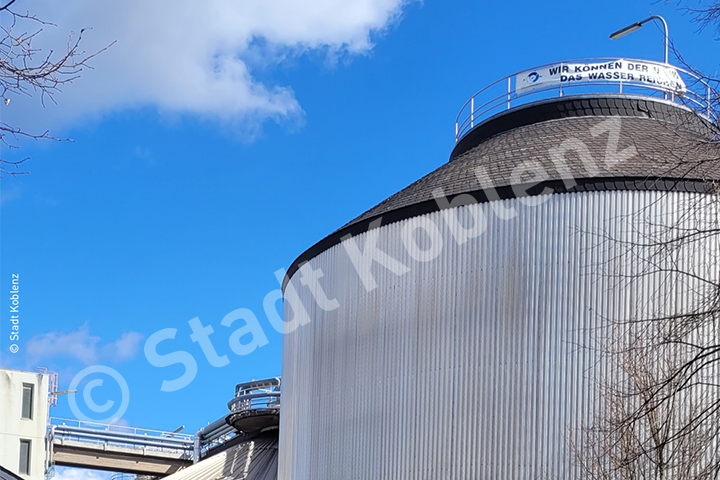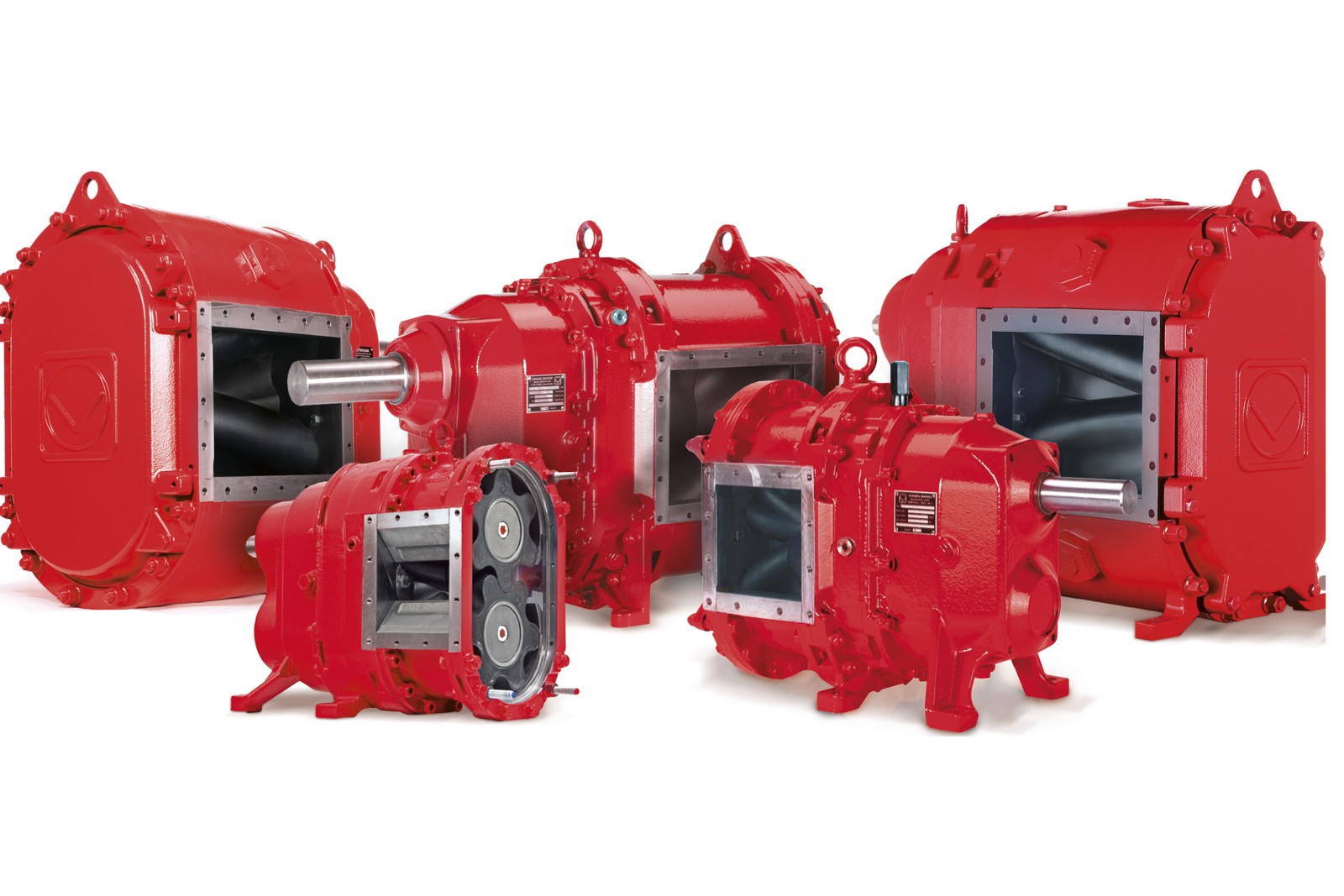Efficient pump maintenance: A practical example from hanseWasser
hanseWasser, a company in the water management sector, relies on innovative technology to guarantee efficiency and sustainability. Two type VX136-105Q pumps from Vogelsang are installed in one of their large flushing trucks. These pumps play a central role in water recovery in the vehicle body, which is particularly important for large-scale sewer flushing in urban sewage networks. The VX136-105Q pumps are characterized by their compact design, high delivery rate, and easy service, making them the ideal choice for this task.


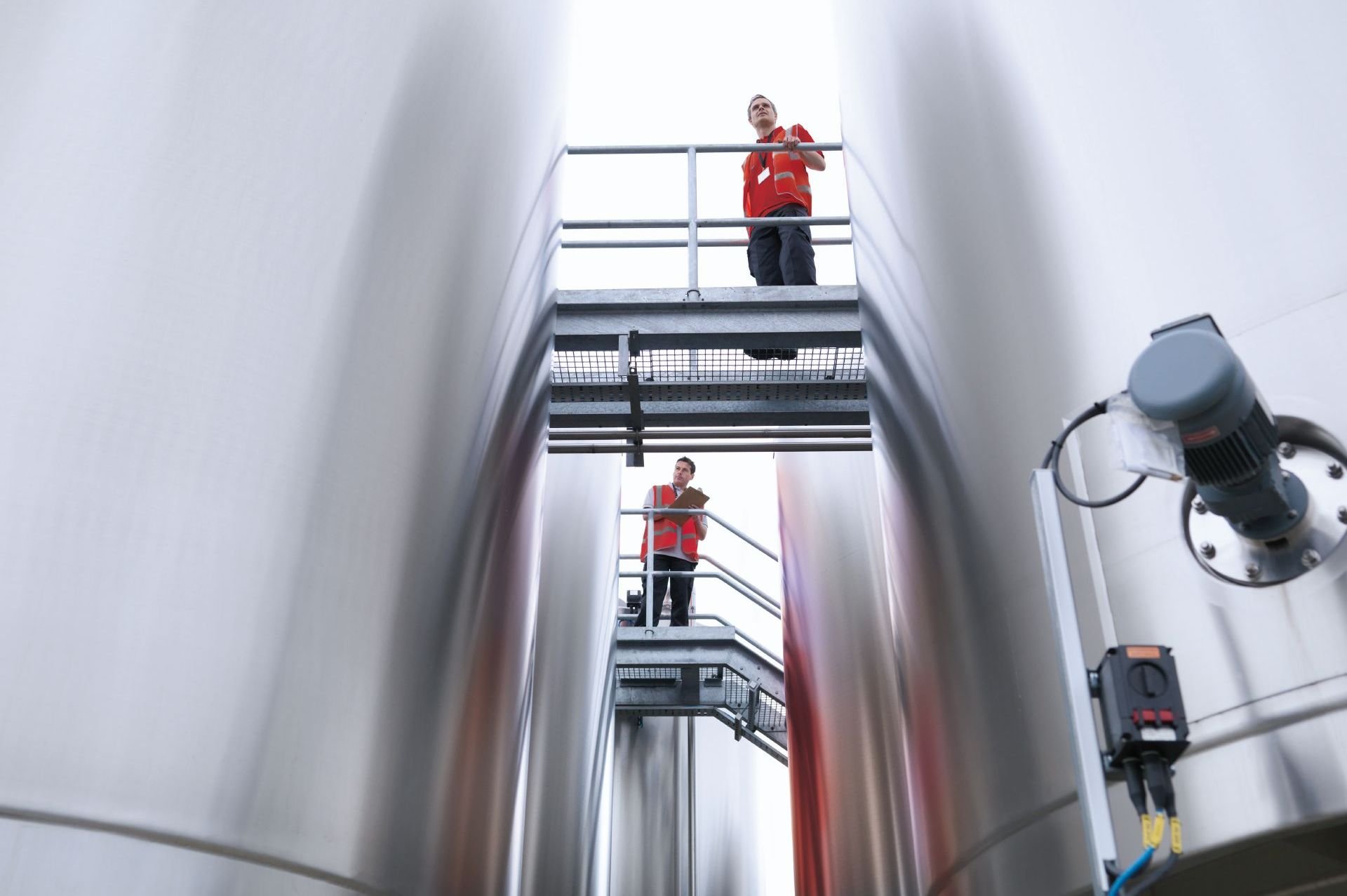
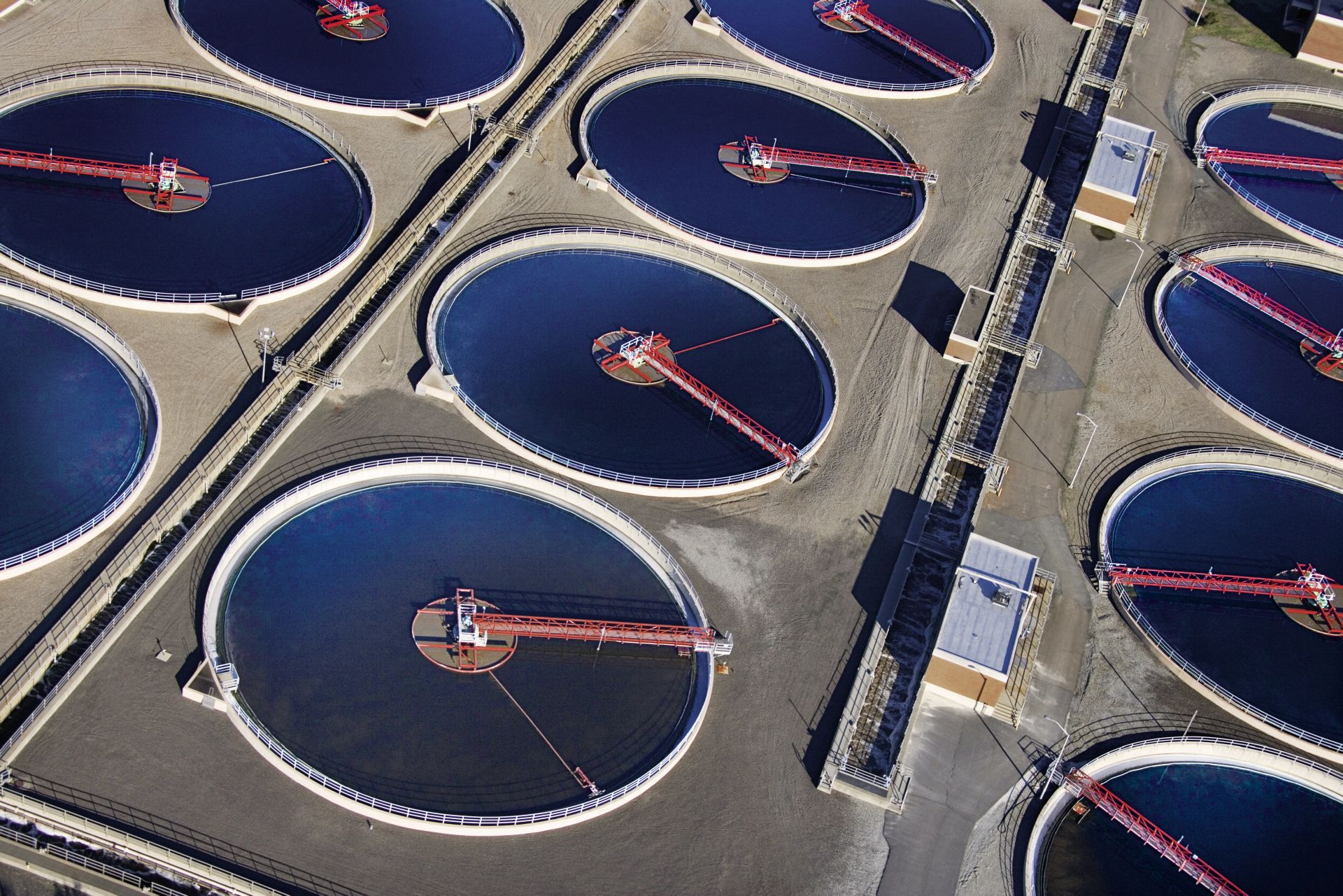

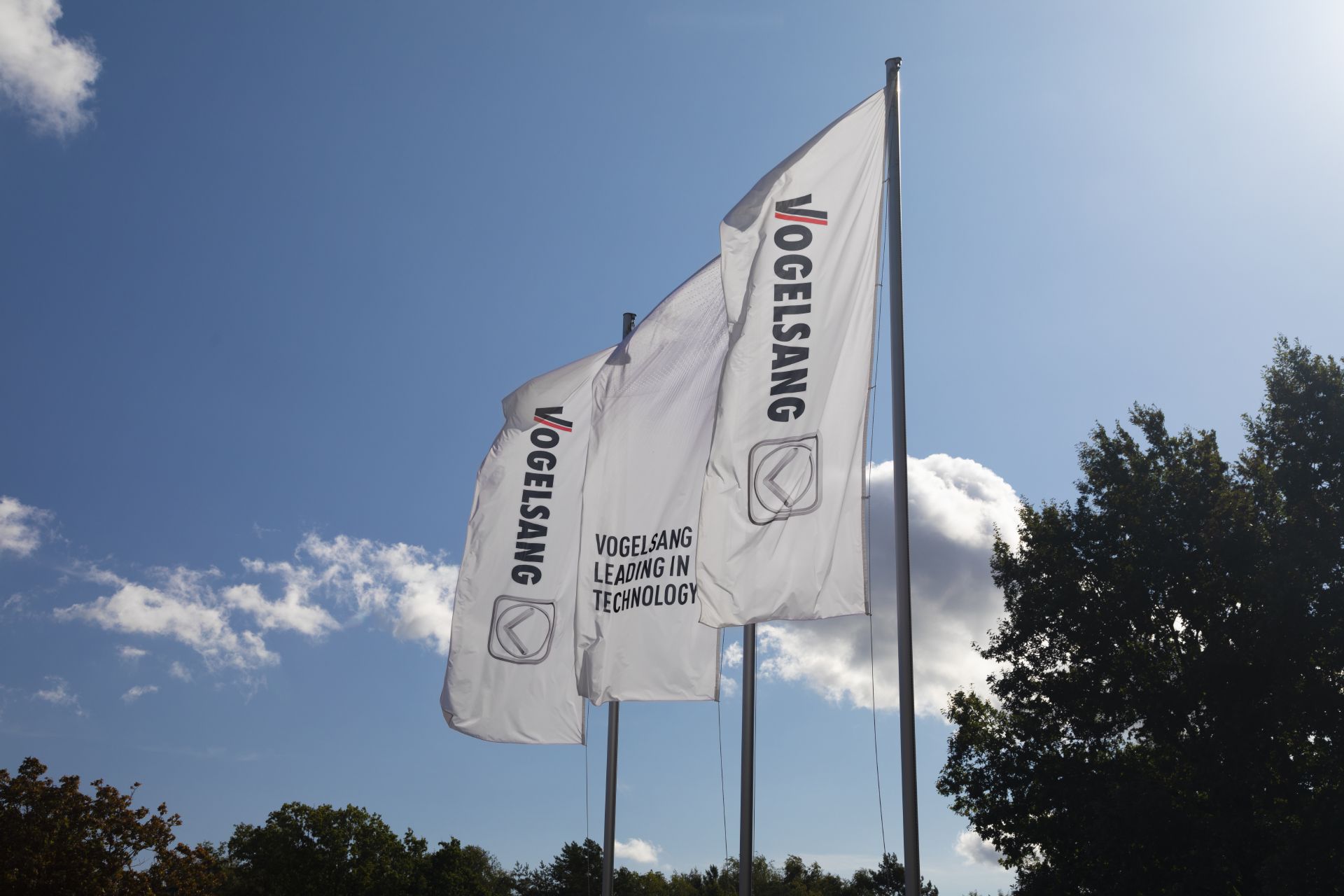
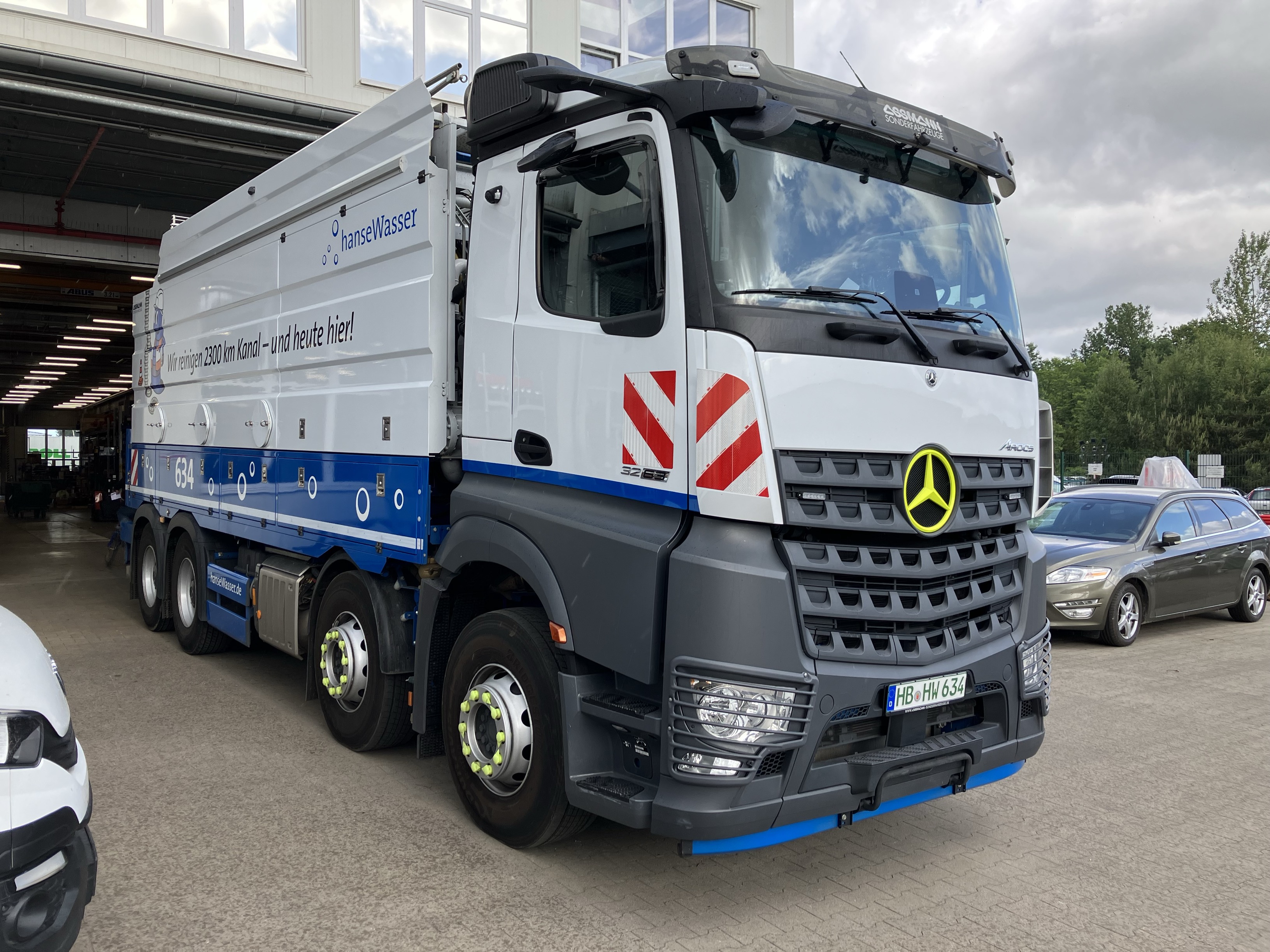

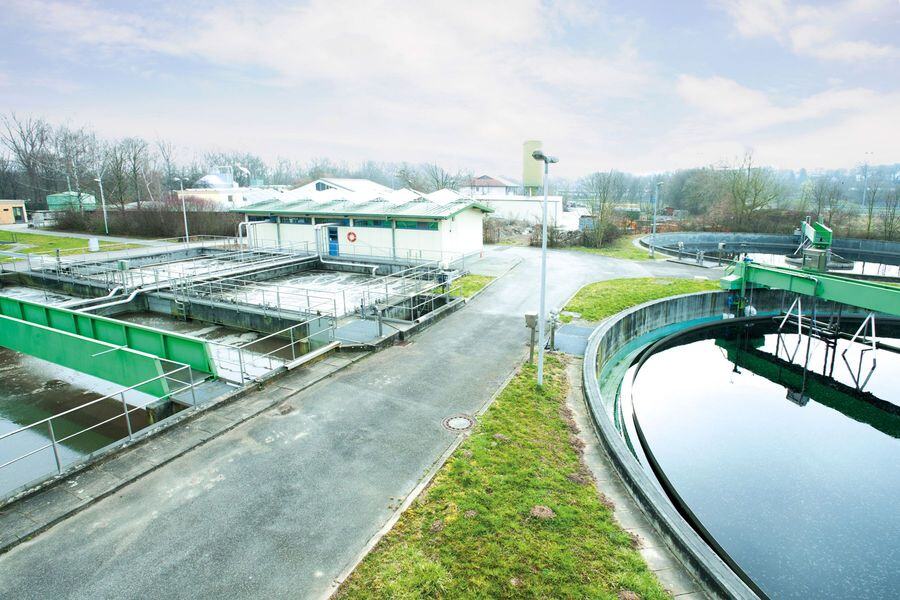

.png)

